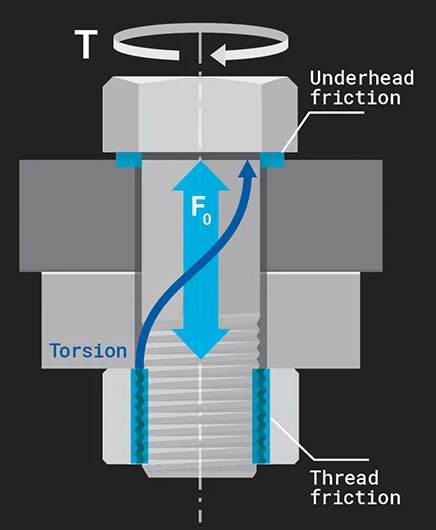struclearner
Structural
- May 8, 2010
- 122
The direction of Torque/Moment is determined by Right Hand Rule, i.e, the thumb pointing in the direction when the fingers of Right Hand are curled in direction of rotation, and this is the Torque/Moment direction.
When there is a need to determine the direction of the Force by applying the torque, right hand rule will determine the direction of Force by the thumb pointing direction and this will be the direction of the force calculated/obtained from the Torque.
Thanks a lot for clarification.
When there is a need to determine the direction of the Force by applying the torque, right hand rule will determine the direction of Force by the thumb pointing direction and this will be the direction of the force calculated/obtained from the Torque.
Thanks a lot for clarification.

